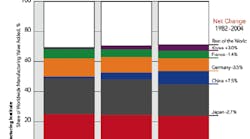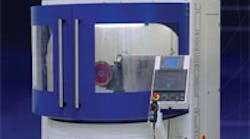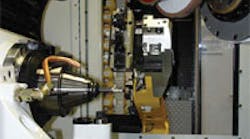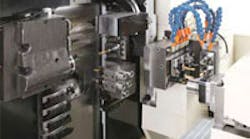There is value left in carbide tools even when they are past their prime as production tools, and that value has been growing. More than ever it's worth a shop's time to start a recycling program for its worn tools, and recycling carbide tooling is a way for a shop to recoup some of the investment it puts into its tooling.
The tungsten carbide that is the key material in solid carbide tooling and carbide inserts can be reused again and again. There is no difference between new and recycled tungsten carbide, and it has been possible to recycle those tools for many years.
Recently, however, the soaring price of tungsten has made that tungsten more valuable.
The key source for tungsten is China, and prices for tungsten have increased threefold since 2004, Rune Karlsson,vice president for tooling supply for AB Sandvik Coromant, said. Karlsson spoke in mid-June at his company's headquarters in Sandviken, Sweden.
"We pay for (tungsten) molecules," Karlsson said. So do other toolmakers. ATI Stellram, and Kennametal have recycling programsin place, and Seco is about to launch a recycling program.
About 30 percent of the carbide tools used around the world are recycled, and Sandvik's Karlsson said he wants to see that percentage increase.
"Our target is to recycle 80 percent of the inserts we sell," Karlsson said.
The toolmakers are paying their customers for old tools and inserts, and those payments can add up.
Tom Barrett, director of Kennametal Complete Services, said his company provides cash and credit and exchanges for new tooling for worn carbide tools. Kennametal's carbide tool recycling program has been in place for four years, and the company is looking to double its scope, Barrett said.
Mark Bringle, CNC and quality control manger for Joe Gibbs Racing, said his race team started a recycling program and typically sees returns of about $8,000 per month from Sandvik — its tooling supplier — and that's only half the story.
Bringle said Joe Gibbs Racing put a recycling program into effect, but saw that it wasn't working, so it made it worthwhile for its machinists.
"We decided to split the returnswe got with our machinists, and that gave them the incentive to turn their tools and inserts back in," Bringle said.
Sandvik provides containers to Joe Gibbs Racing that hold 50 lb of tools so the team can collect them. At the end of the month, the used tools go back to to Sandvik, the proceeds are toted up and split with the machinists.





